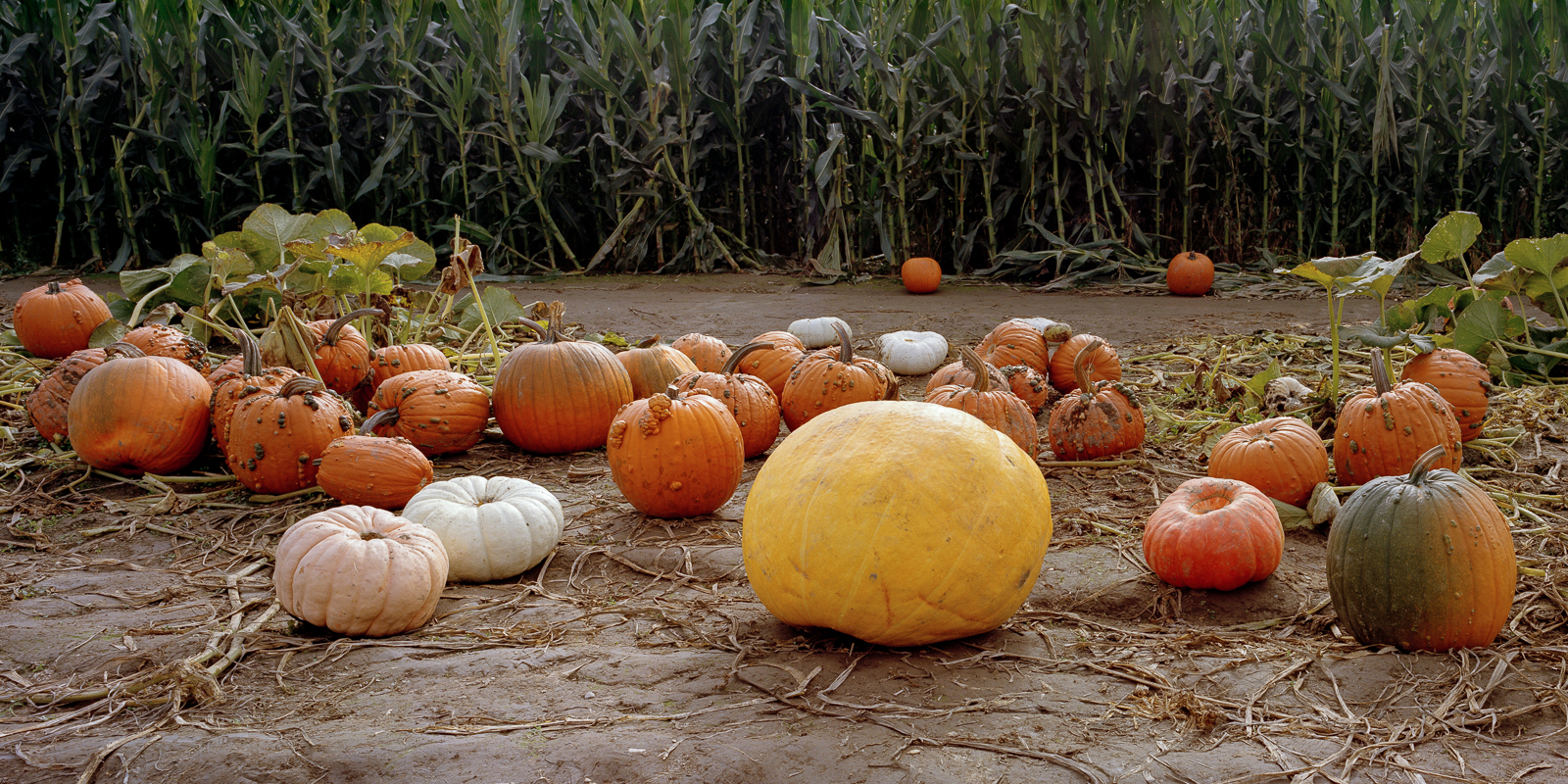 Originally posted by LesDMess
Originally posted by LesDMess 
Check out the full res version of the comparison image I posted above with a particularly scratched up Kodak 160VC courtesy of Fuji professional lab.
Here is another this time of Kodachrome. Nikonscan ICE is the only one you can use with this film type with the Coolscan 9000 being the best.
Full res version ->
Kodachrome D800-Coolscan
Canon's Canoscan makes a complete mess of Kodachrome while Epson's is better but still problematic especially between the dark and light areas.
Full res version ->
Kodak K64-029 ICE Thanks, Les, that's very helpful

So, my casual observations would seem to suggest that the dust and scratch repair is outstanding, but at the expense of some overall definition and overall detail (perhaps a little local contrast too?) - which may or may not be an issue depending on the subject and user expectations, of course. For example, looking at the hair on the baby's head, it's more clearly visible in the non-ICE version. Is that a fair assessment?
Whilst this may be contrary to the whole ethos of shooting film, I suspect the addition of some local contrast / "clarity" in post-processing would restore some of what's lost through ICE... But perhaps I'm missing the point if I push things further towards digital processing



 Similar Threads
Similar Threads 

















 Post #10 by tuco
Post #10 by tuco








